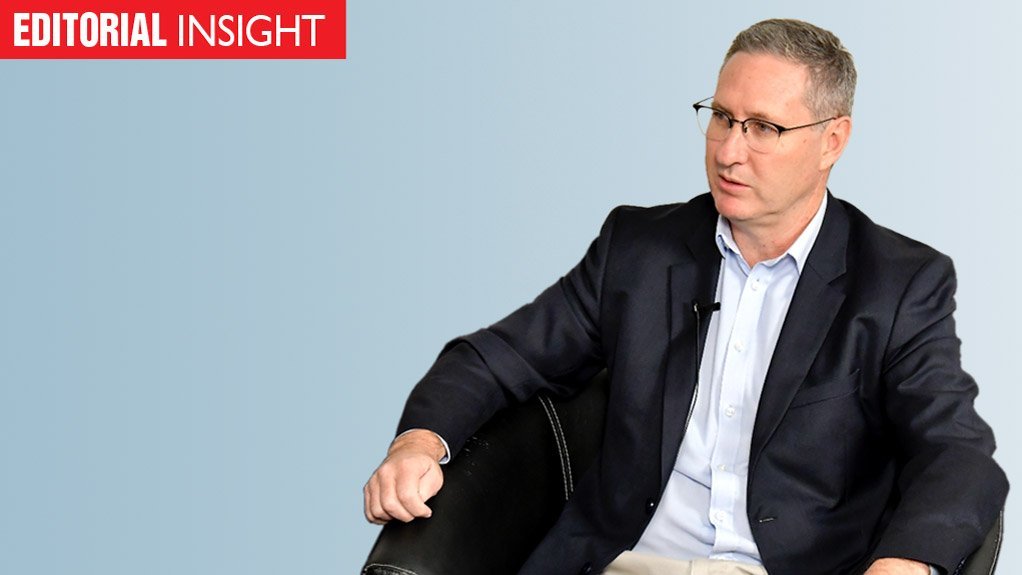The decision by Forestry, Fisheries and the Environment Minister Barbara Creecy to uphold a decision of the National Air Quality Officer (NAQO) to permit the Kusile power station to postpone its compliance with minimum emission standards (MES) until March 31, 2025, has again brought to the fore the unpleasant trade-offs being made to navigate the country’s electricity crisis.
The postponement was requested by Eskom so that it could operate the plant using temporary stacks that bypass the flue gas desulphurisation (FGD) pollution-control plant, given the utility’s claim that the permanent repair would delay the return of three inoperable units by an additional 12 months. The units were rendered inoperable on October 23 last year when the Unit 1 flue in the station’s west chimney collapsed because of a build-up of slurry. In the process, the Unit 2 and Unit 3 flues, which share a common chimney with Unit 1, were also damaged.
The MES postponement was subsequently granted on June 25, with Eskom having argued that the early reintroduction of the three units was in the interests of the country, given the South African Reserve Bank’s estimate that Stage 6 loadshedding was costing nearly R900-million daily. The utility did not say that the reintroduction of production would eliminate loadshedding, but that, at 720 MW apiece, they would help reduce the intensity, noting that the daily cost of Stage 3 loadshedding was estimated at R204-million.
So confident was Eskom that it even started construction of the three temporary stacks that bypass the FGD prior to the NAQO decision, which was then appealed by groundWork and Vukani Environmental Movement, Fairacres Products, GHB Farms and Topigs Norsvin.
Various process, legal and health impacts were raised, including that bypassing the FGD plant would lead to a sixfold increase in sulphur dioxide emissions, which could trigger various lung- related ailments, pre-term births and worker absenteeism. Overall, groundWork and Vukani calculated these societal and health costs at R24-billion.
In addition, Kusile is in the Highveld Priority Area, which is already highly polluted. In fact, Creecy’s decision coincided with the publication of a report by Reuters that quoted a Centre for Research on Energy and Clean Air study showing that four plants, mostly in the Highveld Priority Area, were in breach of air pollution regulations. The plants were identified as Matimba, Matla, Kendal and Kriel, with Kendal said to be emitting an average of between 10 and 30 times the permissible limit.
Given South Africa’s mismanagement of Eskom and the energy transition, there is now also a strong likelihood that the life of several old and highly polluting coal plants will now be extended further in the interests of “keeping the lights on”, even though they have failed to do so for more than a decade.
This noxious trade-off in a context where there is absolutely no trade-off between cheap and clean electricity in South Africa. The combination of renewables, flexible generators and grid stabilisation technologies have been shown to be South Africa’s lowest-cost route out of loadshedding for nearly a decade.
EMAIL THIS ARTICLE SAVE THIS ARTICLE ARTICLE ENQUIRY
To subscribe email subscriptions@creamermedia.co.za or click here
To advertise email advertising@creamermedia.co.za or click here











